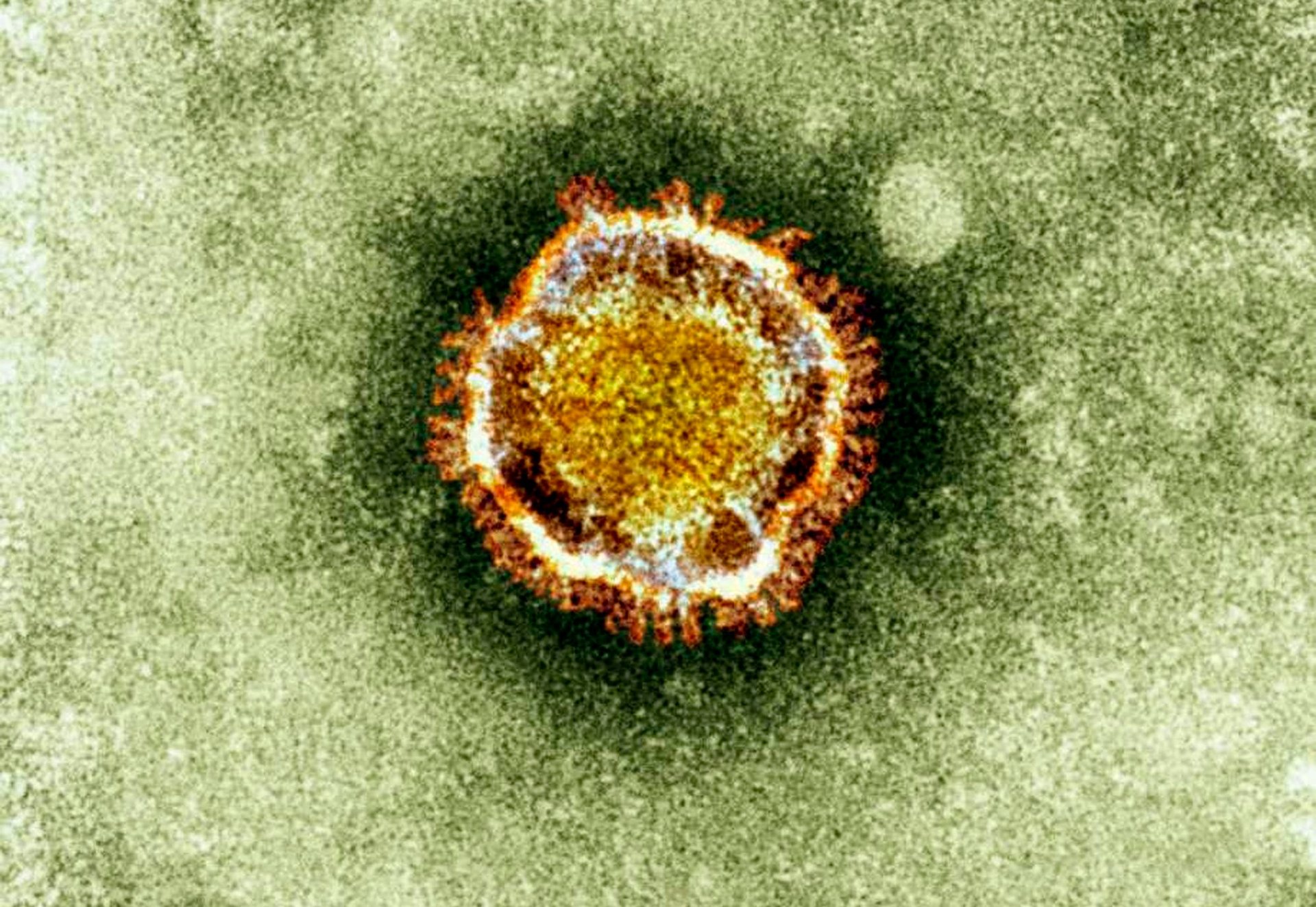Hong Kong, scarred by SARS, plays it safe with a nasty new coronavirus
The last time a coronavirus reached near-pandemic status—you may remember it as SARS—Hong Kong was hit with 1755 cases and 299 deaths, and severe damage to its economy. Now there’s a new coronavirus on the loose, and though there is no sign yet that it’s the next SARS, Hong Kong and world health authorities aren’t taking any chances.


The last time a coronavirus reached near-pandemic status—you may remember it as SARS—Hong Kong was hit with 1755 cases and 299 deaths, and severe damage to its economy. Now there’s a new coronavirus on the loose, and though there is no sign yet that it’s the next SARS, Hong Kong and world health authorities aren’t taking any chances.
Hong Kong officials conducted simulations this week to rehearse a possible outbreak, including quarantines and treatment protocols. The New York Times reports the government “has already begun alerting and training employees at hospitals, clinics and the airport to identify possible cases.”
It’s definitely a good idea to be cautious, because there are some indicators this an especially nasty bug, which has killed 11 of the 17 people known to have contracted it—a much higher death than SARs. Unlike SARS, which affected the respiratory system, this new virus dubbed “novel coronavirus” (NCoV) attacks multiple organs. The most likely source of the disease is bats, although monkeys, pigs, civet cats and even rabbits could also harbor it, the South China Morning Post reported.
If that sounds familiar, you may have seen the 2011 film Contagion, when a global pandemic starts when a virus jumps from a bat, to a pig, to a chef who didn’t wash his hands, to Gwyneth Paltrow and the rest of humanity.
The new potential outbreak seems to be centered in the Middle East, with several cases linked to travelers who visited Qatar, Jordan and Saudi Arabia. As SARS made clear, however, all it takes is one infected traveler to start an epidemic.
It is a good thing, though, that Hong Kong is preparing for the worst. The territory has reacted early and often to potential virus outbreaks since SARS. There has not been a single confirmed case of the new coronavirus in East Asia so far.
There are economic reasons for this vigilance. Tourists and expats gave Hong Kong a wide berth during SARS, which contributed to a major economic downturn. Back in 2003, travelers’ fears were heightened by suspicion the reported SARS statistics were worse than they seemed because the Beijing government had initially covered up the existence of the virus, which originated in Guangdong province in Southern China.
By publicizing its efforts to contain the coronavirus this time around, Hong Kong is broadcasting its vigilance and assuring the world that it won’t allow an epidemic to unfold in secret.